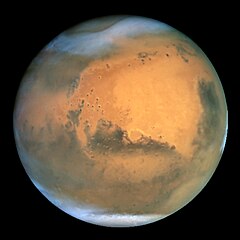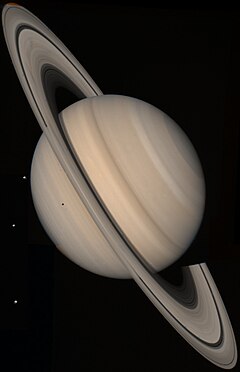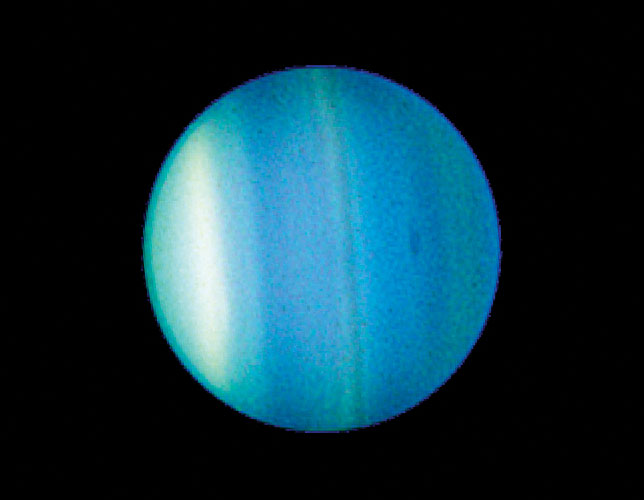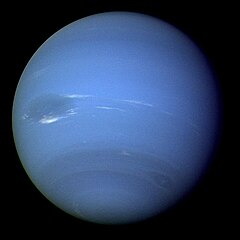PENSYARAH : MEJAR MOHD JASMY ABDUL RAHMAN
UNIVERSITI KEBANGSAAN MALAYSIA
FAKULTI PENDIDIKAN UKM
PROFORMA KURSUS
SK. BUKIT JELUTONG SHAH ALAM, SELANGOR
STEP / ACTIVITIES
|
CONTENT
|
TEACHER’S PROCEDURE
|
NOTES
|
Set Induction
(5minutes)
|
To attract pupils’ attention
|
1. Teacher shows power point slides of the Solar system on the
screen
2. Teacher asks pupils questions
|
SPS:
Observing
Resources :
Power point slides
Strategy/Technique:
Predict-Observe-Explain
|
Development 1
(10minutes)
|
Name the nine planets
|
1.
Teacher shows the model of
the Solar System
2.
Teacher explains and asks
questions
3.
Teacher shows Power Point
slide show containing important information of each planet in the Solar
system
4.
Teacher puts up flash
cards of the names of each planet shown
5.
Pupils will be called at
random to read and spell name of planets
6.
Teacher corrects
pronunciation when necessary
|
SPS : Observing, Communicating, Using space-time, Relationship
NV : Appreciating the contribution of Science and Technology
Being thankful to god
Resource : Model of Solar system
Power point slides
Strategy / Technique:
Inquiry technique
|
Development 2
(10 minutes)
|
The planets move around the Sun
|
1.
Teacher asks some
questions to pupils.
2.
Pupils make observation
and inferences on time taken by each planet to go around the Sun
3.
Teacher asks two pupils
to come out to role play how the planets move around the Sun
|
SPS : Communicating, Using
space-time, Relationship
NV : Being confident
Strategy / Technique:
Question – Answer
Simulation
|
Development 3
(15 minutes)
|
Name the nine planets in the sequence
|
1. Teacher divides pupils into five groups
2. In each group pupils discuss the names of planets in the Solar
system in sequence
3. Pupils carry out their discussion
4. After discussion each group has to stick the manila card on
the whiteboard
5. Teacher carries out the diagnostic activity that enable pupils
to remember the 8 planets in the Solar system
|
SPS : Communicating
Strategy / Technique:
Group discussion and presentation
Resources :
Manila card, glue, flash card
Power point slides
Mind map
|
Development 4
(15 minutes)
|
Worksheets
|
1. Teacher gives worksheets to the pupils
2. Pupils complete the worksheets
3. Teacher gives enrichment activities to the pupils who have
completed their task early.
|
|
Closure
(5 minutes)
|
Conclusion
To enhance pupils knowledge about the topic
|
1. Pupils volunteer to take part in the activity
2. Each pupil is given a flash card with the name of the Sun or
the planets in the system
|
SPS : Communicating
Strategy / Technique:
Simulation
Resources :
Flash card
Power point slides
Mind map
|


























